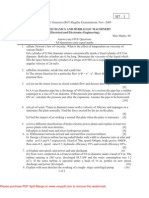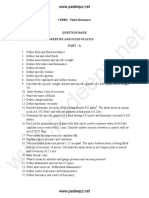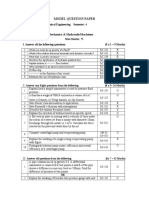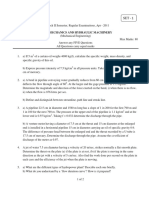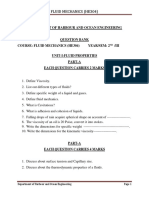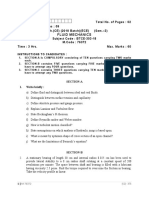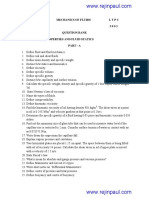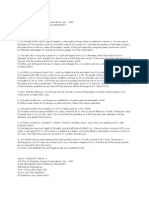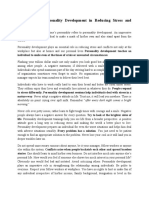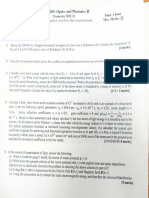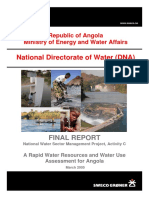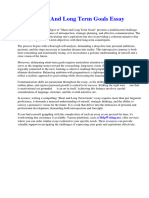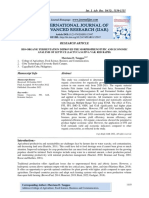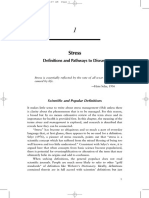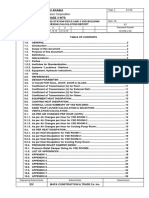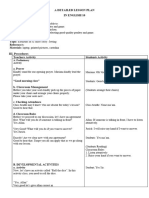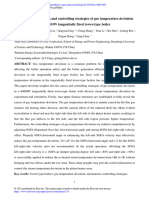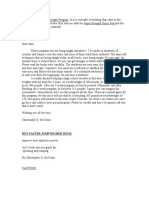Assignment # 5
Subject: Fundamentals of Mechanical Engineering and Mechatronics (BME-101)
Sem. & Section: 1st H Faculty Name: Dr. Navneet Kumar Pandey
1. Explain the practical significance of the following liquid properties: i) Viscosity and specific
gravity
2. Define the following fluid properties (i) weight density (ii)specific Volume (iii)Specific gravity
(iv) Density
3. State and explain Newton’s law of viscosity with a neat sketch and give examples of
its application
4. Discuss the classification of fluids and give one example for each type of fluid
5. Write short notes on continuity equation, Bernoulli’s theorem
6. 2 litre of petrol weighs 14 N. Calculate the specific weight, density, specific volume and
specific gravity
7. A dashpot 10 cm diameter and 12.5 cm long slides vertically down in a 10.5 cm diameter
cylinder. The oil in the annular space has a viscosity of 0.8 poise. Find the speed with which
the piston slides down if the load on the piston is 10 N.
8. A cylinder of diameter 15 cm and weight 90 N slides a distance of 12.5 cm in a lubricated pipe.
The clearance between cylinder and pipe is 2.5x10-3 cm. the cylinder is seen to decelerate at a
rate of 0.6 m/sec2 when the speed is 6m/sec. find the viscosity of oil.
9. If u = 0.75y-y2 where u = velocity and y = distance above the plate. Determine the magnitude
of shear stresses at y = 0.15 m if viscosity of the oil is 8.6 poise.
10. If the velocity profile of a fluid is parabolic with the vertex 20 cm from the plate where
velocity is 120 cm/sec. calculate the velocity gradient and shear stress at 0, 10 and 20 cm from
the plate if the viscosity of oil is 8.5 poise.
11. A hydraulic press has a ram of 30 cm diameter and a plunger of 4.5 cm diameter. Find the
weight that can be lifted by the press when the force applied at the plunger is 500 N.
12. A hydraulic press has a ram of 20 cm diameter and plunger of 3 cm diameter. It is used
for lifting a weight of 30 kN. Find the force on the plunger.
13. A horizontal water pipe 15 cm converges to 7.5 cm. if the pressure at the two sections are
400 kPa and 150 kPa. Find the flow rate of water
�Two marks questions
1. Differentiate between impulse & reaction turbine
2. What are the classifications of turbines based on (i) flow, (ii) specific speed, (iii) head
(iv) energy of striking fluid Give examples for each?
3. What are the advantages of centrifugal pump over reciprocating pump?
4. Differentiate between turbines and pumps with examples
5. Explain why priming is important in centrifugal pumps
Seven marks questions
1. Explain the classification of turbines
2. Draw a neat sketch of a hydroelectric plant and mention the function of each component
3. With a neat sketch explain working /functions o f an Impulse turbine (Pelton wheel)
4. With a neat sketch explain working /functions of an reaction turbine (Francis
Turbine/Radial flow / inward flow)
5. With a neat sketch explain working /functions of each part of an a centrifugal pump
6. With a neat sketch explain working /functions of each parts of a reciprocating pump.
7. With a neat sketch explain working of a hydraulic lift.








